Mitsubishi Lancer 9- a popular Japanese sedan, which was produced from 2003 to 2008. This car has won millions of hearts of motorists around the world. The victories of the restyled versions of Evolution only fueled interest. Many people get confused about the models of the Japanese automaker. The fact is that there are simple "Lancer", and there are their sports modifications "Evolution", which were produced for each generation of standard cars. Let's take a closer look at the Lancer 9 in our review.
The Mitsubishi Lancer 9 is a legendary car with a long history that just needs to be mentioned. This car was sold in different countries, in different years, and therefore, there are discrepancies in the years of release of some generations of the car. Why, even in eminent publications there is unreliable information.
First Mitsubishi Lancer (1973 - 1979)

It was released in February 1973. The model was produced in sedan and station wagon bodies. It was completed with engines of 1.2, 1.4 and 1.6 liters. This car has developed a very successful sports career. The car has won the Safari Rally twice and the Southern Cross Rally four times. The geography of sales is simply amazing, the car was sold in Europe (as Colt Lancer), USA (sold from 1973 - 1979 as Dodge Colt), Latin America (as Dodge Lancer) and Australia (as Chrysler Lancer 1974 - 1979). In 1975, the model got another body - a coupe, which was called the Mitsubishi Lancer Celeste.
Second generation Mitsubishi Lancer (1979 - 1987)
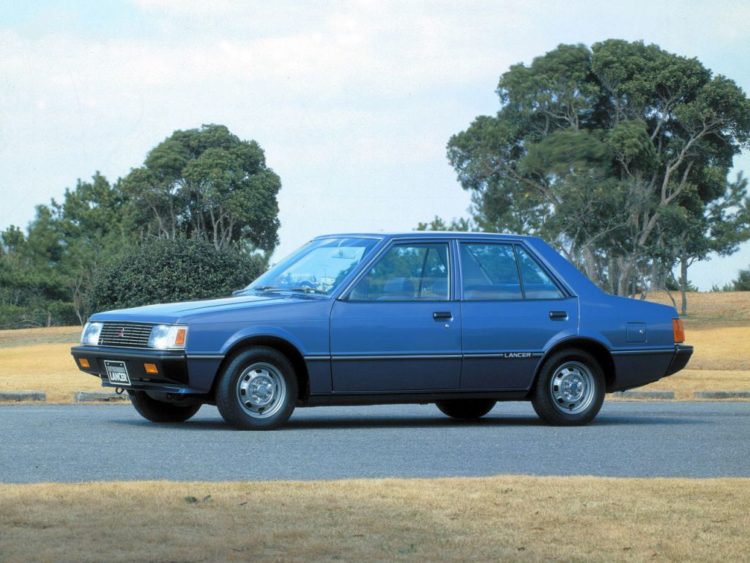
It was presented with only three different engines. But at the same time, a new technology was used proprietary technology Mitsubishi's Silent Shaft Technology (Translated into Russian: "silent shaft technology") This technology made it possible to fulfill all the environmental standards of that time. Also, this technology has significantly reduced the level of vibration and noise. This system also helped to save fuel.
Third generation (1982- 1988)

It brought positive design changes, such as injector and turbocharging. In 1985, the company released a station wagon modification. This car became a stepping stone for the development and improvement of other cars. On the basis of this car, the Saga of the Proton brand was built, which was produced until the beginning of 2008.
Fourth generation (1983 -1991)

Acquired more aerodynamic and sporty features. In addition, only three body styles remained in this generation - 3 and 5-door sedan and hatchback.
Fifth generation (1991 - 1995)
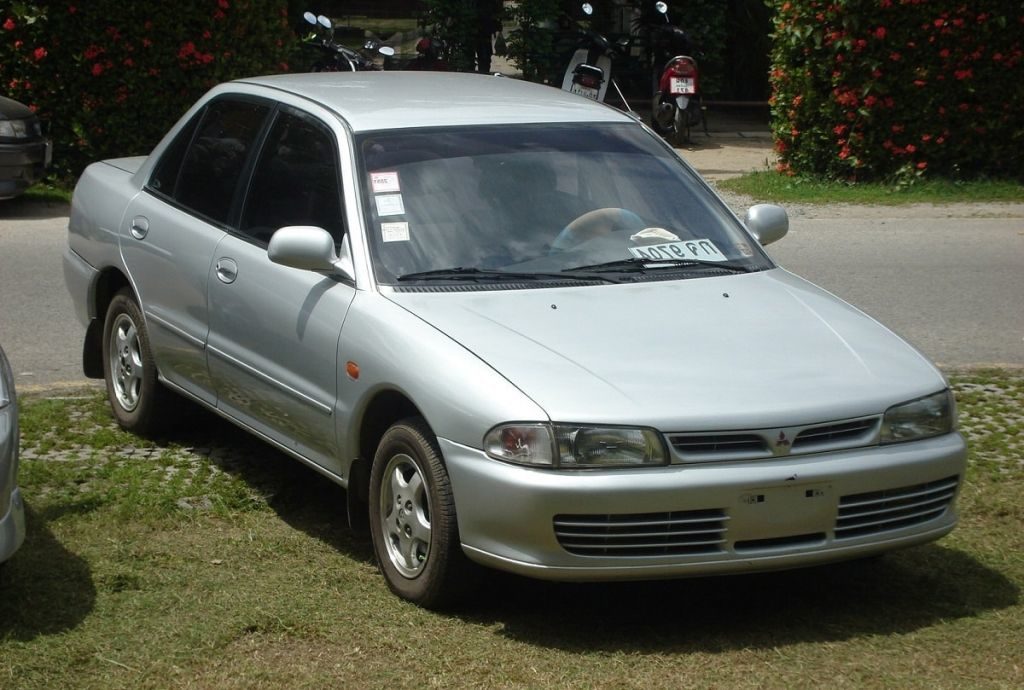
In total, the 5th generation had three different bodies: sedan, hatchback and station wagon. The car was equipped with 10 different power units and three different gearboxes! The car was built on a proprietary platform "CB2A-CB4A-CD9A". In 1993, the Lancer Evolution appears, with a V6 engine, which was borrowed from the Galant RL-4 rally.
Sixth generation (1996 - 2000)
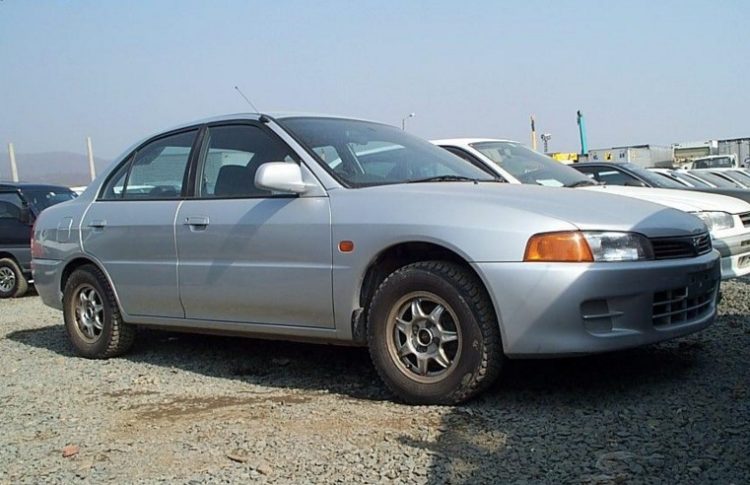
Initially intended only for residents of Latin America and Asia. This vehicle has not passed European safety standards. A series of crash tests EuroNCAP showed that the car is not fit for life. But despite this, the car was more than commercially successful.
Seventh generation (1996 -2000)

In this generation, the driver's airbag began to be included in the car, but the passenger's airbag was offered only for a surcharge.
Eighth generation (2000 - 2007)
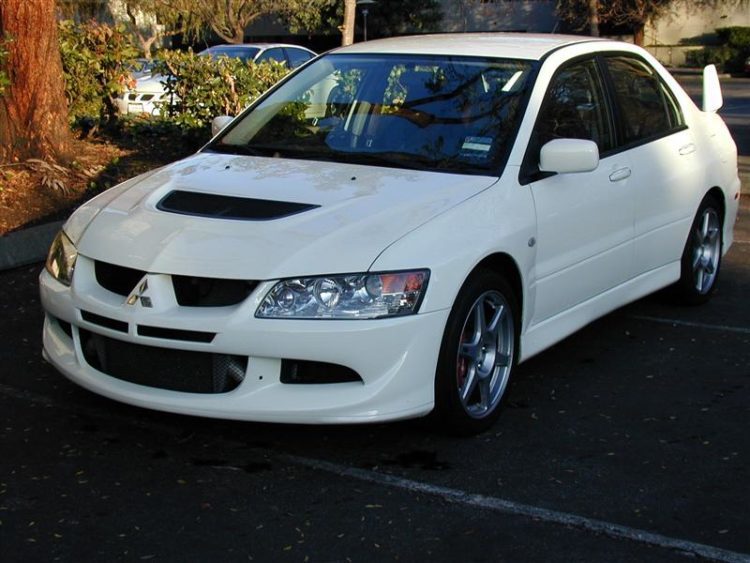
Mitsubishi Lancer Cedia. Produced for Asian markets.
Ninth generation (2003 - 2007)
Our car belongs to this generation. By the way, the car does not differ much from Cedia. The car is assembled on the platform CS2A-CS5W. Car sales in Russia began in 2004.
At the moment, Mitsubishi Lancer 10 is already in production. Production started in 2007.
Body
When looking at this car, it is difficult to single out any striking features. The car does not look defiant, you cannot call it a youth car, it does not stand out. Restrained, straight lines of the body, neat slanting headlights. This is a car that suits everyone. Moreover, the appearance of the 9th generation is practically no different from the 8th generation car.
The bumper has changed a little - it has become more streamlined, rounded. The radiator grille has changed its pattern, diamonds have appeared instead of lines. That's probably all the changes.

The design of this car was developed under the direction of Olivier Boulet. The car has become lighter by 60 kg, due to the roof, hood and doors.
- Clearance — 165 mm on our roads is a plus.
- The length of the car is 4535 mm, with a height of 1445 mm.
A carbon fiber spoiler is installed on the rear of the car. The need to install this element is due to the redistribution of the mass of the car in the ratio of 40% to the rear axle and 60% to the front axle of the car.
This ratio would not allow the rear wheels to touch the ground at high speed. The spoiler compensates for the lack of downforce on the rear axle of the car.
The wheels organically fit into the overall style of the car. The tire size is set by the manufacturer to 195/60 R15.
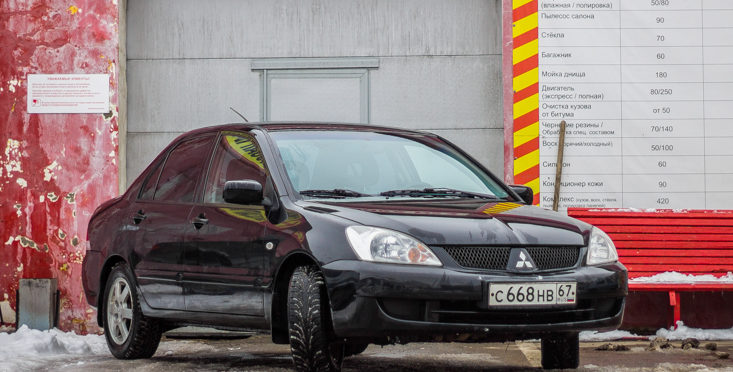
Salon
In the interior (as well as in the exterior), the Japanese are conservative. At the driver's workplace, everything remained in its place. Adjustments of the driver's seat allow you to comfortably accommodate the driver of any height. At the same time, I would like to note the simplicity of the adjustments themselves, everything is in its place.
Plastic elements look expensive and pleasant to the touch. The control panel is simple and informative. The seats are comfortable and have good lateral fixation, they have a heating function.
The interior is equipped with two airbags. There are also power windows and mirrors. The car has a decent audio system with 4 speakers.
The salon itself is very roomy! The car can comfortably fit 5 people.
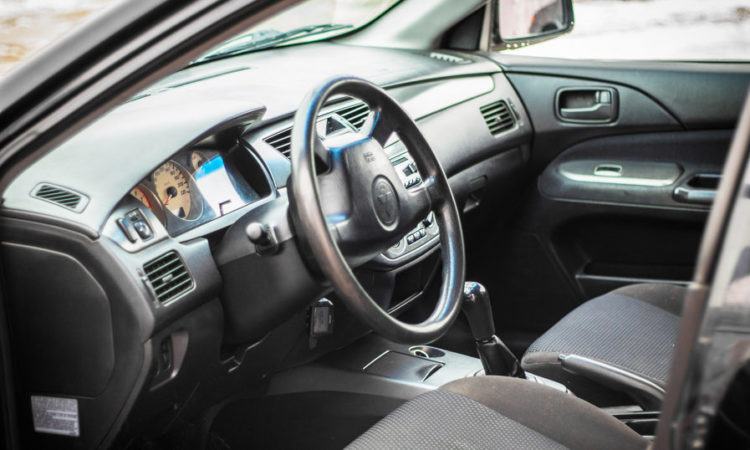
The trunk is roomy, its volume is 590 liters, but its volume can be increased by folding the rear seats.
Many owners of such a car spoke in favor of a thicker steering wheel.
The steering is equipped with hydraulic booster, which makes driving easier and more enjoyable. There is also a steering column adjustment for reach and height. The salon is equipped with climate control.
The basic equipment of the car includes the ABS system and EBD (brake force distribution system).
Engine
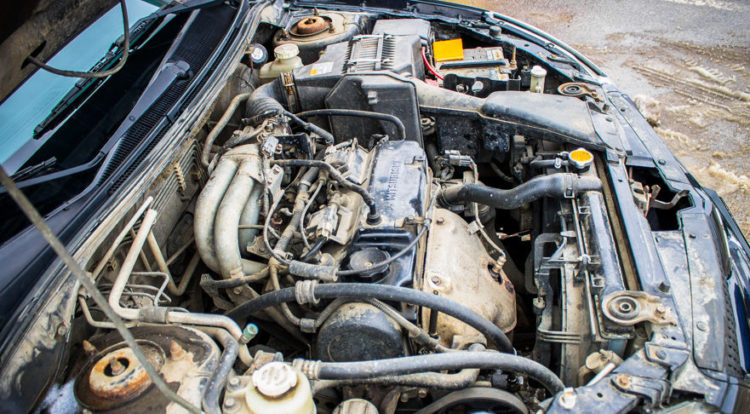
For the European market Mitsubishi Lancer 9 was supplied with only three petrol engines with a volume of 1.3, 1.6 and 2.0 liters. The most popular was the 1.6 engine with 98 horsepower.
Acceleration to hundreds is 11.8 seconds, provided that the engine is equipped with a manual transmission. If the engine is equipped with automatic transmission, acceleration is 13.6 seconds. One of the most common faults is revving.
Transmission
This vehicle is equipped with a manual transmission. In general, the box makes a very good impression.
If you decide to move on a long journey, then this car will not disappoint you. Obedient in management and economical. The only negative impression is that the driver's right leg is in constant tension.
The soundproofing of the cabin is more than decent, on the way you will not raise your voice to talk to your passenger. Smooth ride, even lulls on the road.
Illumination of control devices is soft and does not irritate the eyes.
Checking a car in a car service
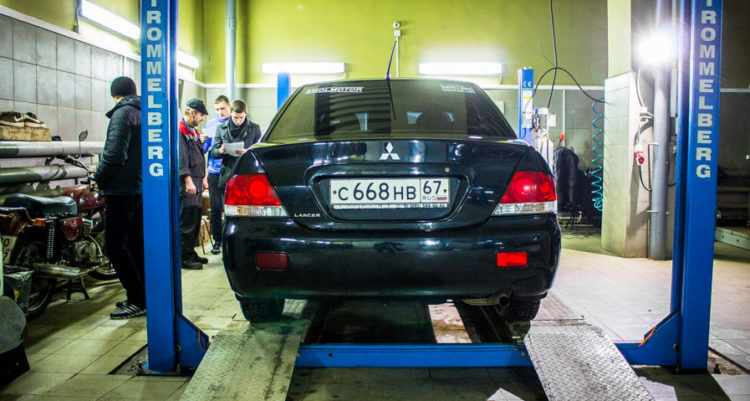
To check the car, we went to a car service that repairs engines, suspensions, gearboxes, and also provides high-quality bodywork and painting services. Our test Mitsubishi Lancer 9 has undergone a thorough check of its technical condition.
Based on the results of the inspection, a lot of suspension faults were found, namely:
- support bearings for replacement;
- steering rack boot - replacement;
- caliper guides - replacement;
- Brake pads need to be replaced as a complete set.
Electronic diagnostics showed only one error - a malfunction of the lambda probe.
The most serious malfunction at the time of inspection was a crankshaft oil seal leak.
Summing up
On our ten-point rating scale of test cars, we gave the Lancer 9 points! First of all, this is due to such a criterion as price-quality. Japanese sedan is worth the money. Of the minuses - mediocre sound insulation, boring interior design and simple, not expressive appearance. The rest of the car pleased us! We can safely say that this is a very reliable car and with proper maintenance it will serve you for many years. A real workhorse. The most common malfunction in this car is the suspension, which requires timely maintenance. Internal combustion engines in a car are reliable and calmly nurse their resource without additional adventures. The car is quite common in our city, has high liquidity and is easily sold.
In general, the Lancer is a reliable and interesting car. It is not so difficult to find copies in good technical condition, even with decent mileage. But you should not consider cars more expensive than 400,000 rubles, because within half a million you can buy cars of a higher class, for example, Ford Mondeo or Mazda 6.
